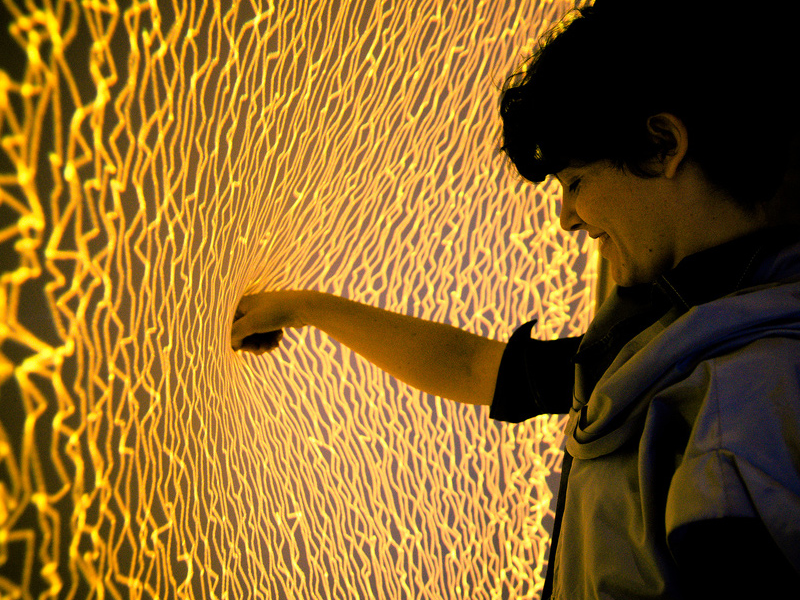
How to make museums welcoming for children
Within the framework of the vast Kids in Museums project, British museums host Takeover Day. On this special day, museums invite children and young people to take part in museum work: act as a guide, curate an exhibition, organise an event or develop a new programme. The resource gives the opportunity to get to know the best experiences of British museums in hosting such days of “museum self-governance”.
The Metropolitan Museum of Art has launched a drawing site created with and for them called MetKids. As part of the project, there is a Q&A section where kids take on the role of reporters. They ask questions that interest them and all the museum employees try to give clear answers. Moreover, museum workers undertake the huge task of creating maps, guides and programmes for an interesting and fun family day out.
An extensive overview of Icelandic exhibitions and displays that are capable of engaging the whole family in interactive activities. For example, the ScreamOmeter offers the opportunity to those who are interested to break a glass using their voice. At the Eldheimar exhibition, Vestmannaeyjar, visitors are offered to take up shovels and dig in sand mounds to find images of buildings that were covered with lava and ash after the eruption of the volcano on the island of Heimaey in 1973.
The Guardian’s website offers a selection tips and examples of how to interact with young audiences. For example, The Theatre By The Lake always adds to its summer programme a show that would interest and address families with older children. The Royal Liverpool Philharmonic has founded the Kid’s Club to establish dialogue with children and to foster their love for classical music. As a result, there are now concerts at the Philharmonic marked with a special logo to highlight concerts that could be of interest to the whole family. Such concerts take place in the afternoon so that the family can spend the evening at home.
The Disabled Access Day project has also collected several ideas and tips on how to make a museum visit possible and interesting for disabled people and children. For example, they offer to organise “touch” tours where every object can be touched or to hold costume tours where visitors are literally transformed into a Victorian lady or a World War II pilot.




